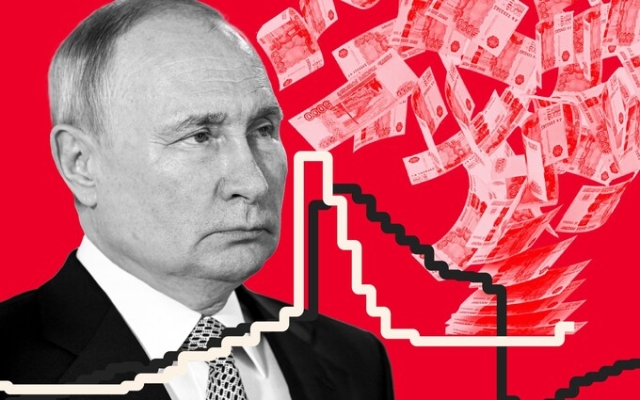
As prices rose in the West after the Russian invasion of Ukraine, Vladimir Putin was confident enough in the health of his economy to gloat.< /p>
Last summer, the Russian leader said that those who blame his actions for inflation «can't read or write.» Twelve months later, Putin may not be in the mood to show his nose to the US and Europe.
While inflation is now falling almost everywhere in the West, it is rising in Russia. Officially, inflation in Russia is still well below the target level. But last week the Central Bank of Russia (CBR) raised the bank rate by a full percentage point to 8.5% in a sign of growing concerns about rising prices.
This was the first intervention by the Bank in more than a year. Politicians in Moscow justified their decision by warning of accelerating inflation.
2707 Russian bank rate
Pressure is mounting on several fronts: the ruble has plummeted, pushing up the cost of imports; a limited labor market contributes to high wage growth; and government spending pushes demand even further, while sanctions restrict supply.
After Russia's full-scale invasion of Ukraine, inflation in Russia jumped and then plummeted. In April, consumer prices rose at a rate of 2.3%, which is about half the central bank's target, which is higher than in the UK (4%).
Now the numbers are rising again. The CPI rose to 3.3% in June. This time around, price increases are likely to be sustained.
Inflation initially eased on lower household spending, said Liam Peach, senior emerging markets economist at Capital Economics. At the same time, the boom in energy prices increased Russia's trade surplus and strengthened the ruble. In turn, this reduced the cost of imports.
“Now a lot of those factors have changed,” Peach says. “There is a lot of pent-up demand in the economy, but right now it is facing some pretty severe supply constraints. Added to this are government spending, and now the weakness of the ruble is a rather toxic mixture for the dynamics of inflation in Russia.”
Inflation is still in single digits. But the threat of hyperinflation — an extreme scenario in which prices rise by more than 50% per month — is becoming serious in Moscow.
2707 Producer inflation in Russia
“Obviously, this can happen in Russia,” says Timothy Ash, a lawyer at the Russia and Eurasia Program at Chatham House. “Look at the 1990s. They were there before.”
Inflation jumped to 1500% after the fall of the Soviet Union as government price controls were lifted and “shock therapy” brought in Western market forces quickly.
Ultimately, hyperinflation is currently unlikely. .
“In the hyperinflationary scenario, we are talking about the scenario of the end of the regime,” Ash says. «This is the point of collapse, when the economy collapses.
«You have a few things that need to come together, but the longer [the war] goes on, maybe three years from now, the likelihood of this will be much higher» .
Hyperinflation may occur. if sustained political instability triggers a currency collapse, while sanctions and falling commodity prices hit government revenues, he says.
Even if this situation can be avoided, prices in Russia are about to rise.
p>
“Because the Russian economy is now more supply-constrained than at any time since the start of the war, I think it's only a matter of time before inflationary pressures accelerate,” Peach says.
2,707 rubles have fallen currencies
Reserve the center has warned that inflation will rise to 5-6.5% by the end of this year. Capital Economics expects the CPI to more than double by next year.
Factory sales inflation will be even sharper: Capital Economics expects it to rise from 0.5% in June to 20.3% by January.
< p>Inflation may already be worse than government data suggests.
p>
Ash says, «Obviously they're interested in playing it down. So we have to put question marks on that. They publish much less data.”
Steve Hanke, professor of applied economics at Johns Hopkins University, claims that annual inflation in Russia is already 60%.
Hanke uses an alternative method of tracking inflation based on purchasing power parity, the theory that a product should have the same price in two countries when compared in the same currency. Hanke's method tracks the prices of all goods and services rather than using a «basket» of representative goods.
Therefore, it is more comprehensive, but also more closely related to exchange rates. This approach may be limited to isolated economies such as Russia, where imports account for just 18% of GDP, says Tatiana Orlova of Oxford Economics.
Hanke argues that government spending in Russia means high inflation is inevitable. < /p> 2706 – War Causes Deep Deficit
“Inflation is always and everywhere a monetary phenomenon, and since November 2021 the money supply in Russia has been increasing rapidly,” says Hanke.
The specter of hyperinflation means that the central bank is likely to move aggressively and quickly to fight inflation.
Peach says: “If you look back at the history of Russia, inflation is really evil in Russia. This is the only thing that politicians want to overcome at any cost.”
By the end of the year, interest rates in Russia will probably rise to 10 or 12%, he believes.
As an emerging market country, Russia has a much lower level of private sector debt. Far fewer households have mortgages or large loans. That means more interest rate hikes are needed to have the same impact on spending and inflation, Peach says. An interest rate of 7% is 'neutral'.
Low debt means Russian households will face less immediate losses from a 12% interest rate than people in the UK. However, you still have to pay for it.
According to Peach, the cost of government borrowing is already incredibly high: the yield on 10-year bonds in local currency is 11 percent.
An increase in the bank rate will lead to an increase in the cost of servicing the public debt. If inflation hits 8%, government debt yields are likely to rise to around 14%, Peach says, putting additional pressure on the government wallet.
In this scenario, tax hikes are likely on the most profitable sectors of the economy. According to him, the Kremlin will seek to cut budgets in order to avoid a rise in the cost of debt. The Russian government has already begun raising taxes on the banking sector and cutting spending by 10% for some regions.
High rates will also hit non-financial corporations such as mining and oil and gas companies. who have debts. These companies also operate in sectors whose revenues have already been hurt by low energy prices and sanctions.
As the war in Ukraine drags on, higher rates to fight inflation become more likely.
< p>Hanke says: “As for inflation in Russia, it grows, grows and goes away.”









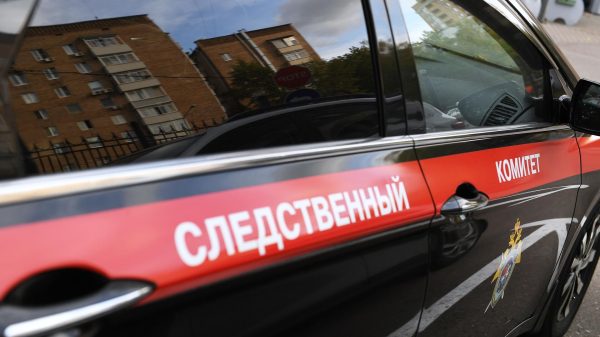
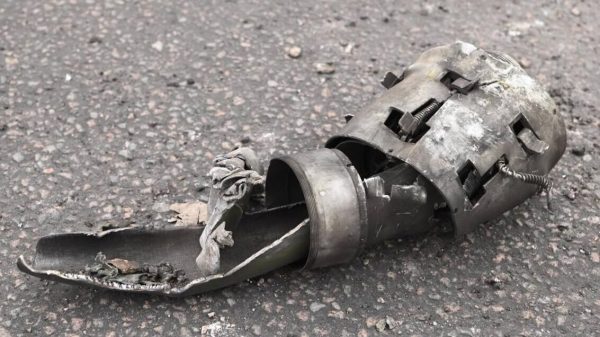
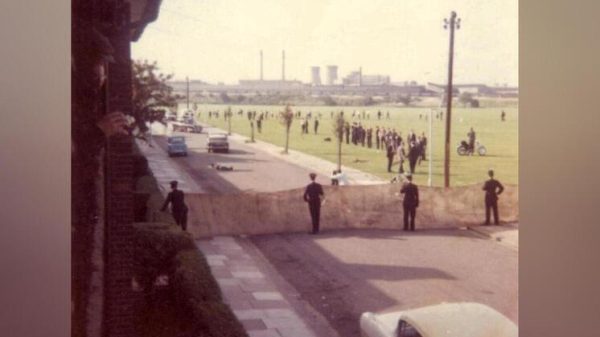







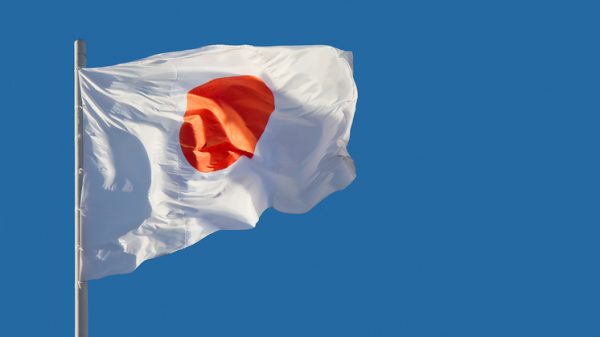


































Свежие комментарии